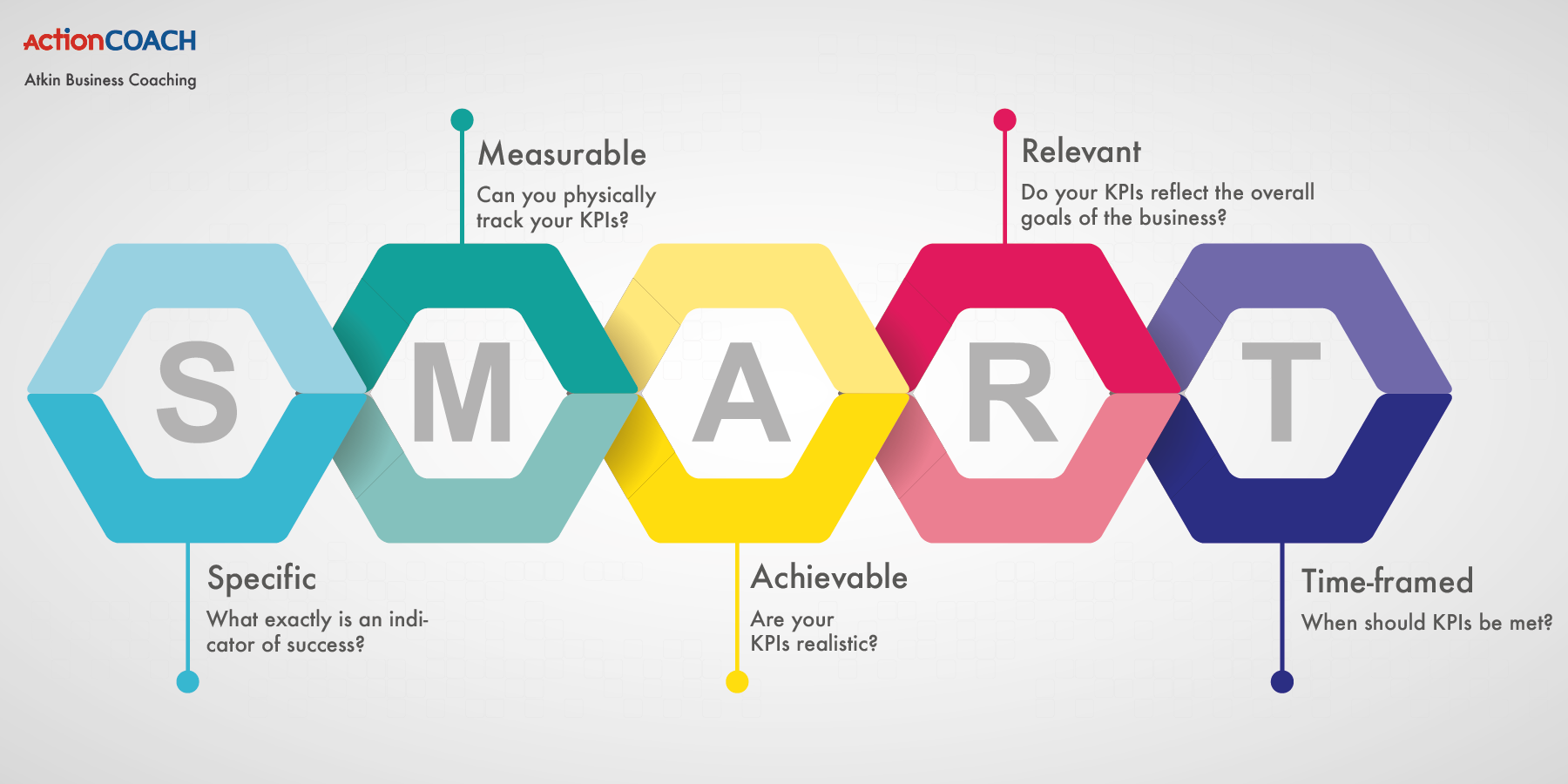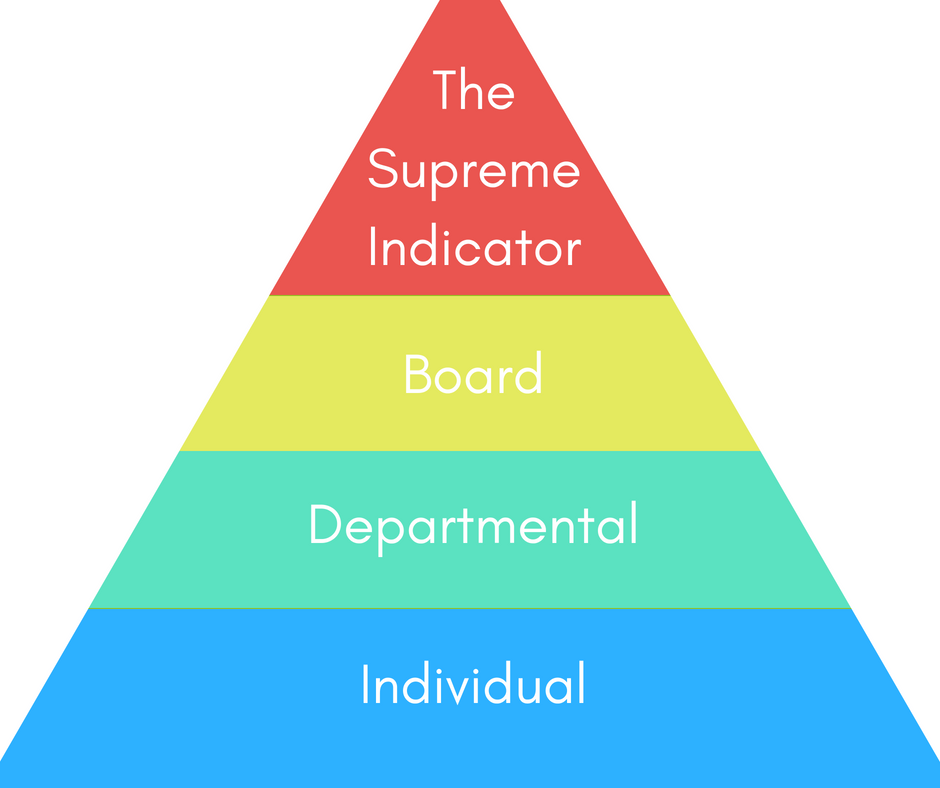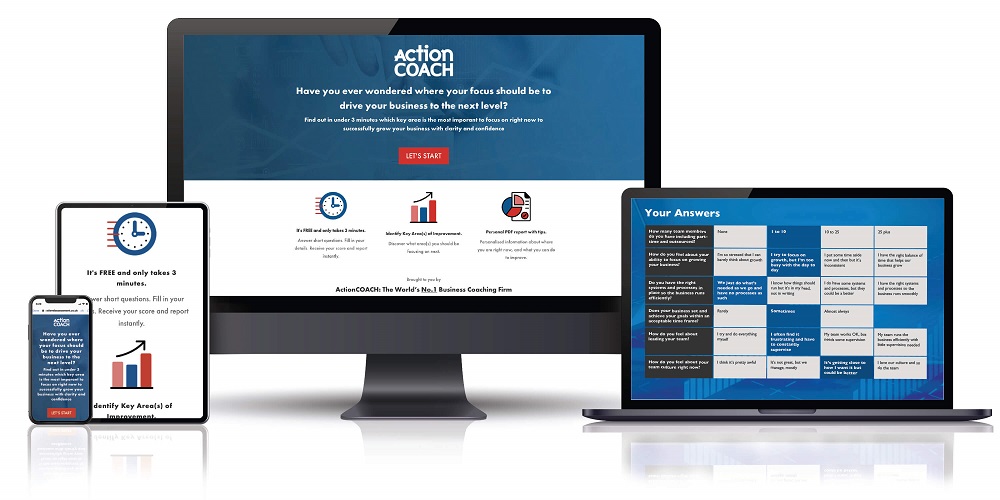Importance of key performance indicators (KPIs)
In my car, I have about 11 indicators on the dashboard that tell me critical pieces of information that I need to know in order to get to where I want to go.

Some are retrospective: how far I’ve travelled, how long it’s taken, the miles per gallon consumed.
Others are current: my speed, how hot the engine is running, the time, the radio station to I’m listening to, how much fuel there is in the tank.
The remainder are predictive: what time I’ll get there, what the traffic looks like in front of me.
There’s a good reason why manufacturers present this information in the way they do: their 100 years of experience tells them that this information is what drivers need and want to manage their journeys and vehicles effectively and it must be visible and presented in such a way that quick decisions can be taken using the information available.
Business is no different.
Imagine being unable to tell how much fuel you had left, or what speed you were going. The former would require you to regularly fill up, whether you needed to or not, to avoid the embarrassment of running out on the motorway. The latter could end up with you getting fined for speeding or, worse still, banned for dangerous driving.
The purpose of KPIs is to provide decision-makers with the information they need to monitor and manage the business and the people working within it, to enhance progress towards the goals and objectives they have set.
The implication of this is that you need to have very clear goals, which are aligned to the fundamental purpose of what you do and will be long-term, 3-5 years out, annual and quarterly. Ultimately, KPIs are there to enable better decision making.
The KPIs tell you how the business and your people are progressing towards the achievement of those goals. They won’t give you the recipe for solving the problem if you are falling behind, but they will tell which bits of the business are exceeding expectations and which bits are proving a bottleneck to progress.
Setting KPIs becomes much easier knowing their purpose is to throw light onto all the significant areas of the business that contribute towards achieving the goals. In his excellent book Measure what Matters, John Doerr describes the relationship between the Objectives of the business and the Key Results that are necessary to achieve the objectives, collectively called OKR’s. The key results are therefore by nature subsidiary to the objectives and need to be as clear as possible.
The elements to be measured. Generally, there are five areas that will need to be monitored:
Financial performance: Sales, Gross Margin, Cash or liquidity, Debtors, Profit etc.
Sales and Marketing: Leads, Conversion %, New customers, All customers, Transaction frequency, Average sale value etc.
Operations: Units of output, Stock turn, Direct labour costs, % labour utilisation, and a million others dependent on the nature of your product or service.
People: No employees, No managers, Employee turnover, Employee satisfaction, Employee training, CPD compliance, etc.
Innovation: R&D expenditure, Revenue from new products, Revenue from new locations, Time to market for new services or products etc.
The characteristics of a worthy KPI.
In my view, a KPI will always be capable of being expressed numerically. On the basis that the KPIs are there to indicate and assist progress towards the goals of the business, the same SMART acronym that applies to goals can also be used here.
The characteristics of a SMART goal or KPI:
Specific: clarity above all. Identifies the must-have outcome.
Measurable: what gets measured gets managed. If it can’t be measured it can’t be a KPI or a goal.
Achievable: if it can’t be done it becomes either ignored or a stress factor. Reality at a stretch.
Relevant: to the overarching objectives/purpose/goals of the business.
Time-framed: Not every KPI will have a time constraint, but the majority will, and every goal will.

The hierarchy of KPIs.
I think of the hierarchy as being like a pyramid. At the very top lies the one overriding indicator that will measure the overall success of the business. The next slice will be the board level KPIs, that make the overarching objective possible. The next slice will be departmental, and the final base layer is about the people and their performance and contribution to the next level up. They may all be different, but they all point to the top.

The supreme indicator. By way of example, SW airlines (based in Texas) have a single all-encompassing KPI, which is the result of multiple activities, all of which must be co-ordinated and effective for it to be achieved. It is the turnaround time of aircraft on the ground. The KPI is 30 minutes.
The plane cannot make money when on the ground, only when flying. Therefore, eliminating dead time is the key indicator of profitability and thereby the success of the entire airline. For this to be achieved the passengers and crew must be disembarked and the new complement embarked, along with their respective baggage.
Simultaneously, the aircraft must be cleaned, checked and refuelled, before the next slot for take-off. Each of these components has a cascade of subservient activities that make them possible, each of which will have their own KPIs.
In his meticulously researched book Good to Great, Jim Collins refers to this overarching objective as being less a goal than an Understanding of what will ultimately drive your business to success and greatness.
At Board Level. The need here is for the information that contextualises the activities of the different functions within the business. Inevitably there is competition for resources between Sales and Marketing, Operations, Finance and HR. Sales and Marketing probably want a bigger budget to enable them to sell more. Operations likely want a bigger budget to be able to fulfil more orders more efficiently. Finance might need to preserve cash to pay HMRC or their suppliers.
In order that these competing interests serve the overall objectives of the business, directors need the relevant information from each department to be able to make good decisions, having presented their case and doubtless vigorously debated the merits of each.
At departmental level. In a mid-size or larger business there will be the need for a subset of indicators that tell the directors or managers of that division how all the components within are performing. The indicators are probably going to be similar to those required at board level, but with a greater degree of granularity and with an emphasis on the specific goals set for that department. Collective bonuses are sometimes evaluated using team or departmental performance.
At an individual level. This is about personal performance. There will probably be a set of minimum performance levels for each person, with another group of aspirational objectives, that might be used to determine promotion, bonus or general evaluation.
In summary, KPIs are the critical bits of information that allow better decisions to be made at every level. They will be empirical, specific and supplementary to the objectives and goals of the business. Without them, the business will be rudderless and subject to the vagaries of the currents and winds that swirl around the business environment. With them, you have the knowledge to correct your course, irrespective of what uncontrollable events occur around you.
If you’re curious to know how to implement your KPIs, do please get in touch, use the contact button below and we’ll arrange a call.
need help implementing KPIs
Want to take your business to the NEXT LEVEL?
Visit the link below to receive a FREE personalised business report: matthewatkin.nextlevelassessment.co.uk





